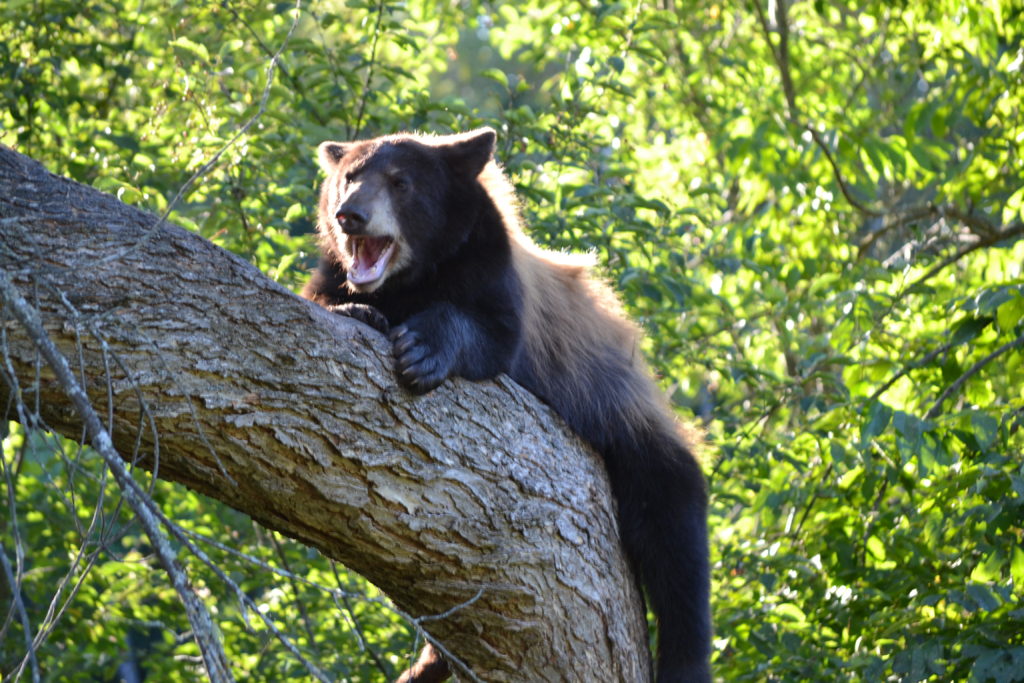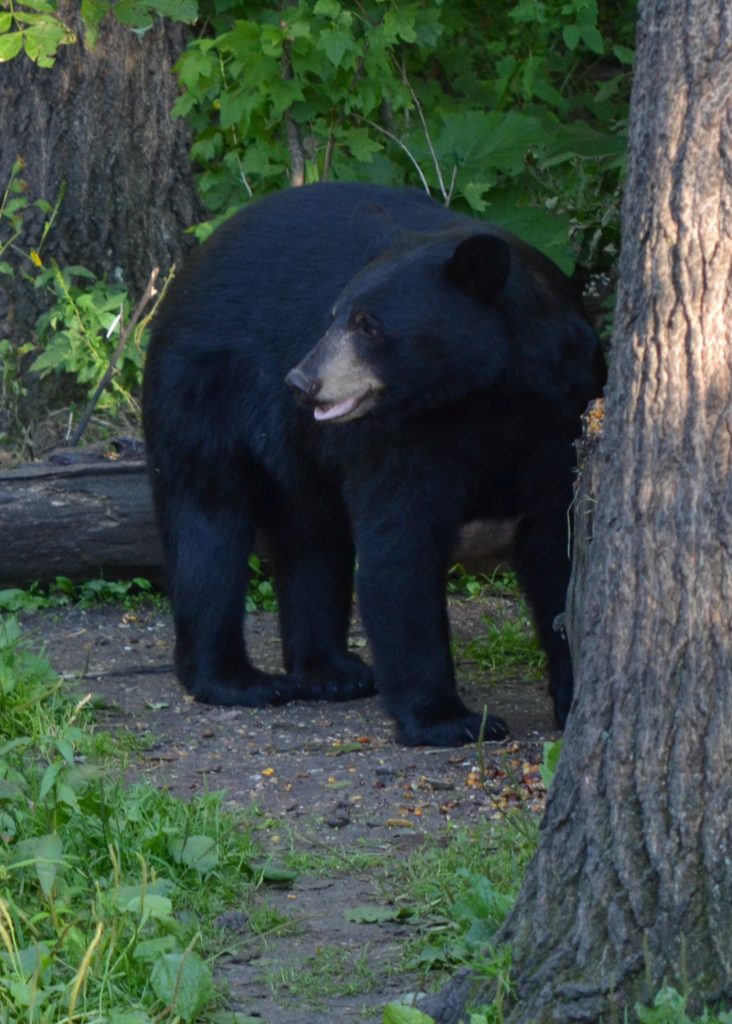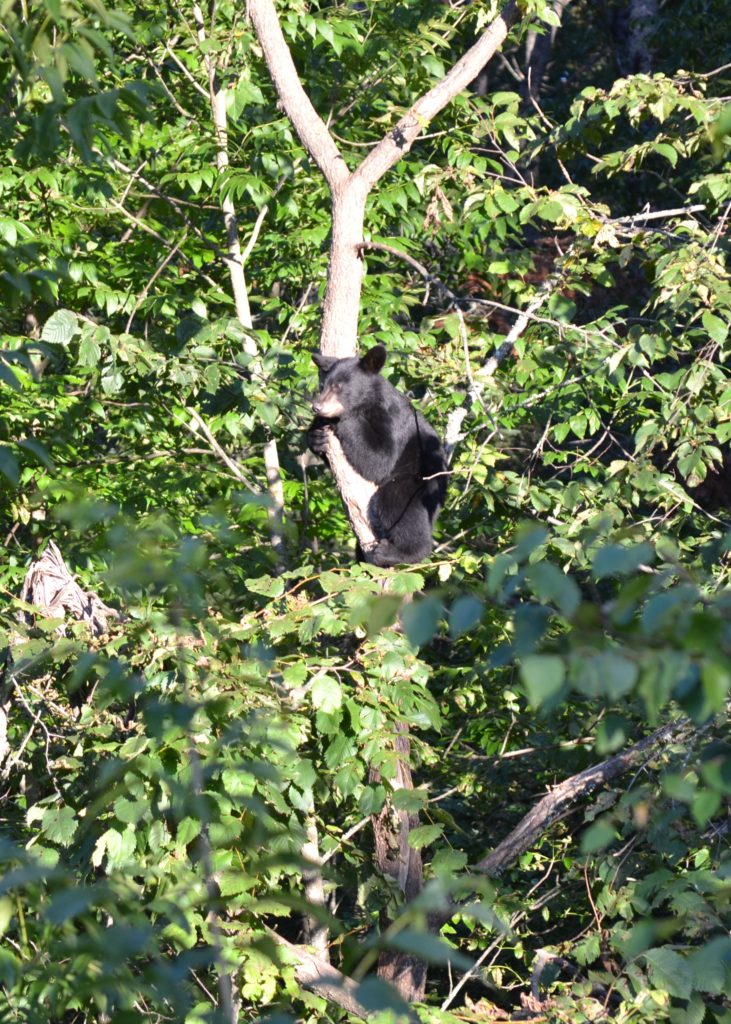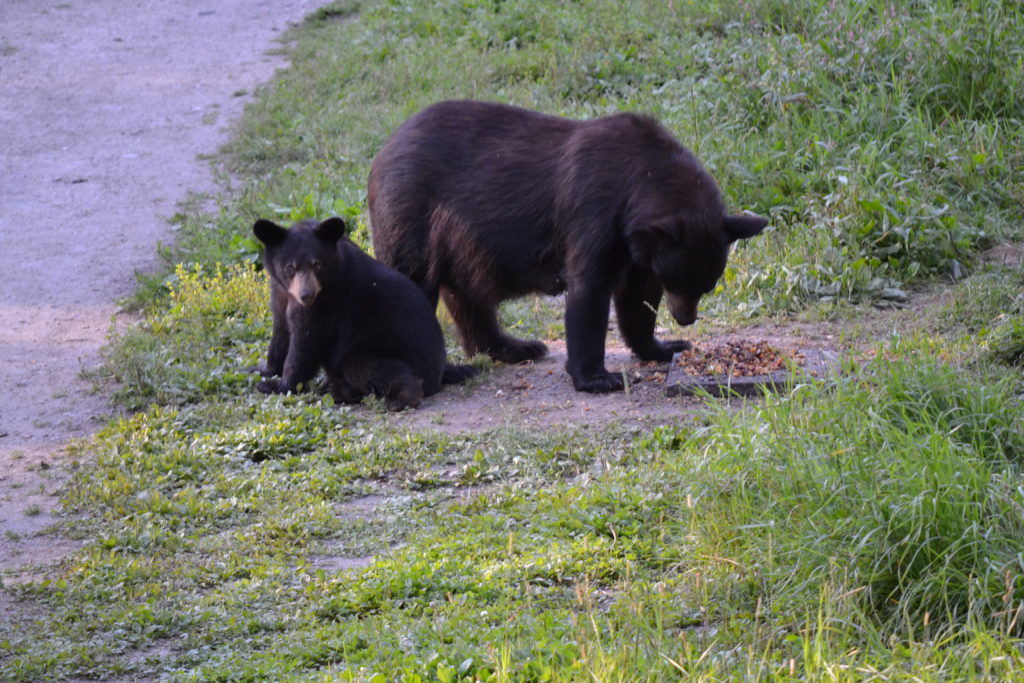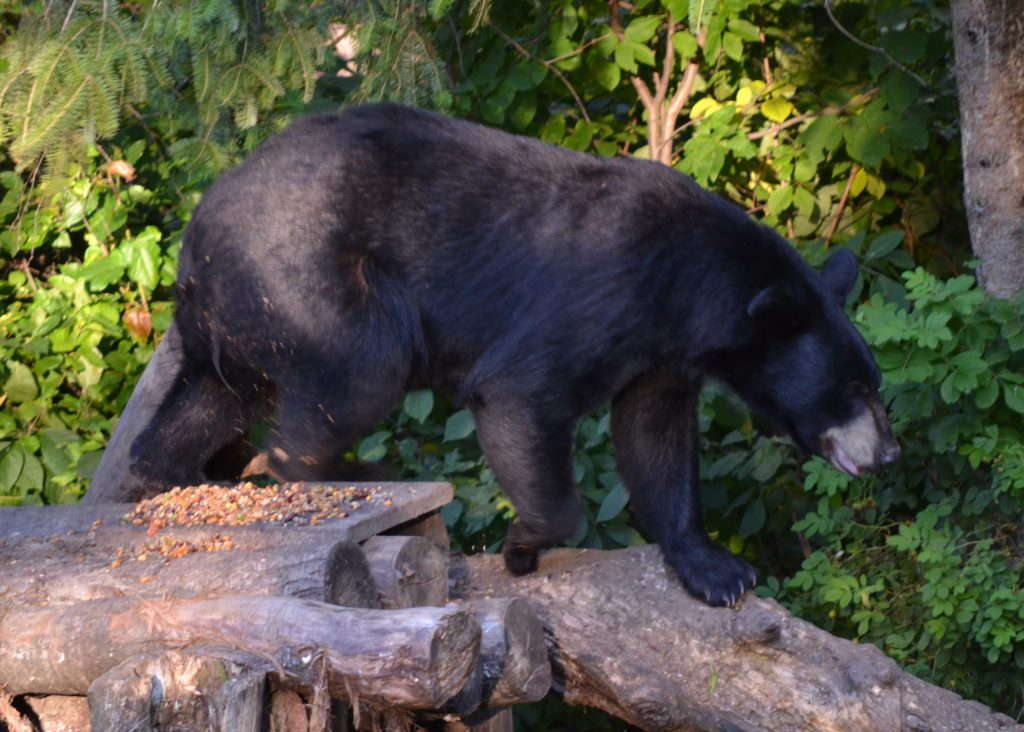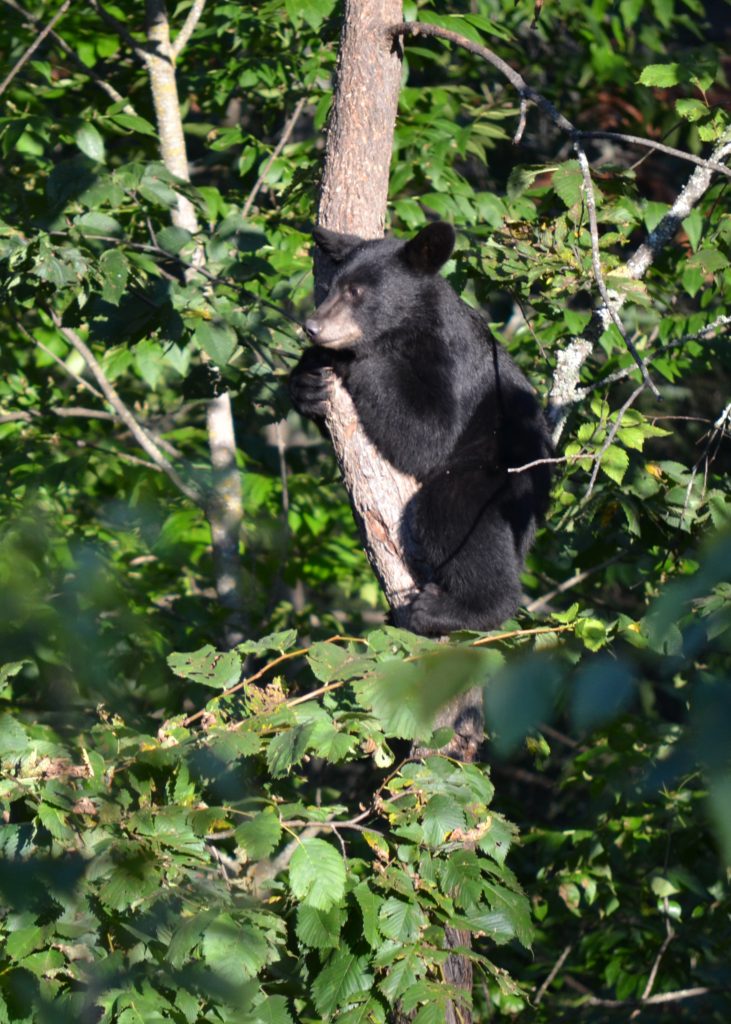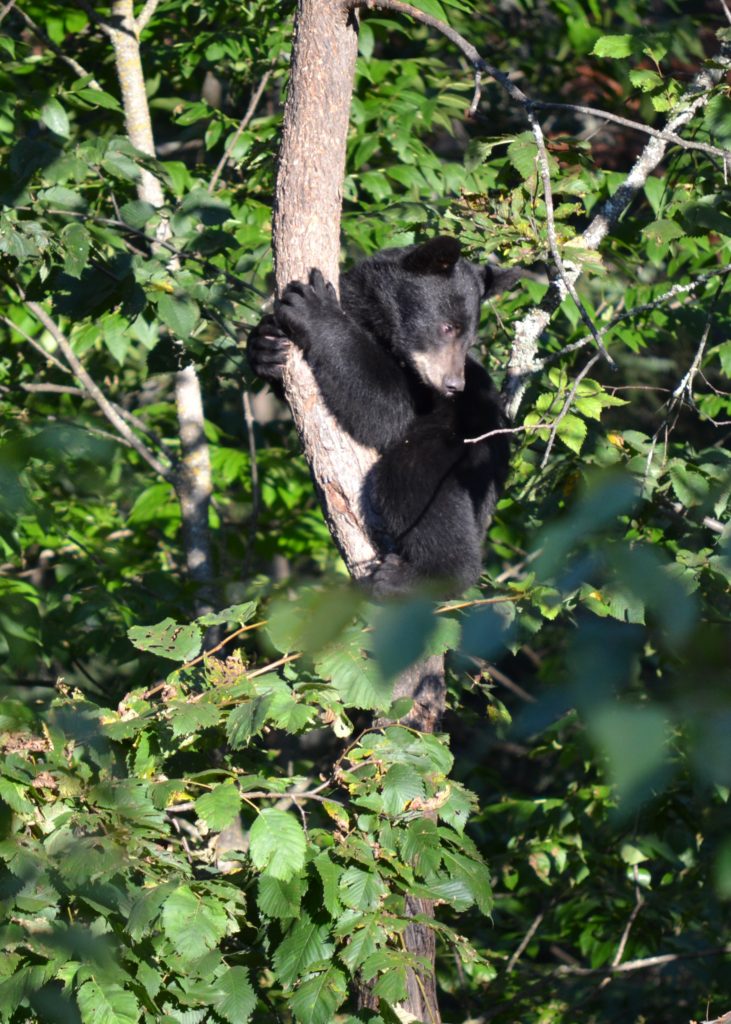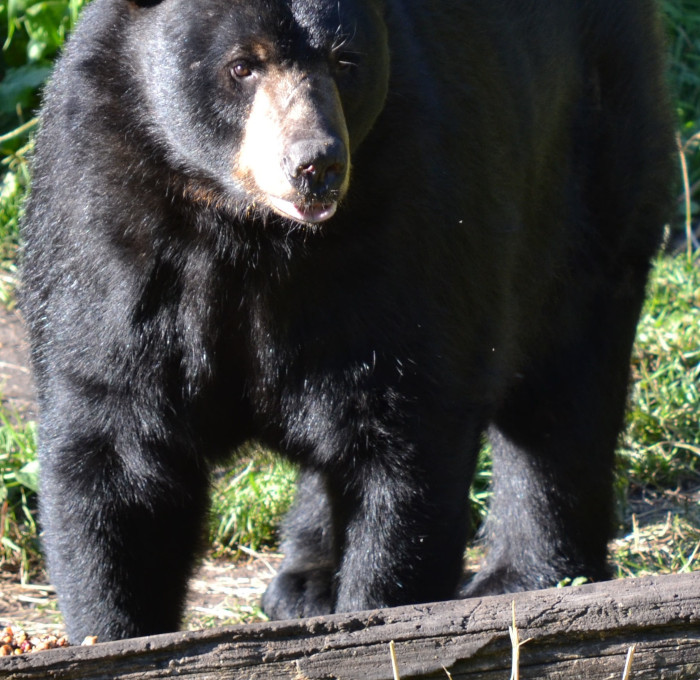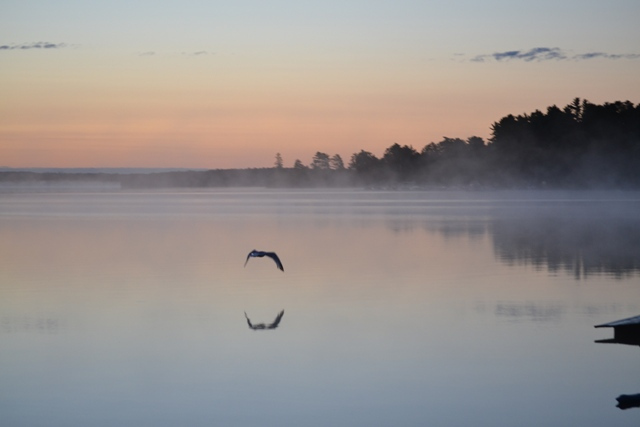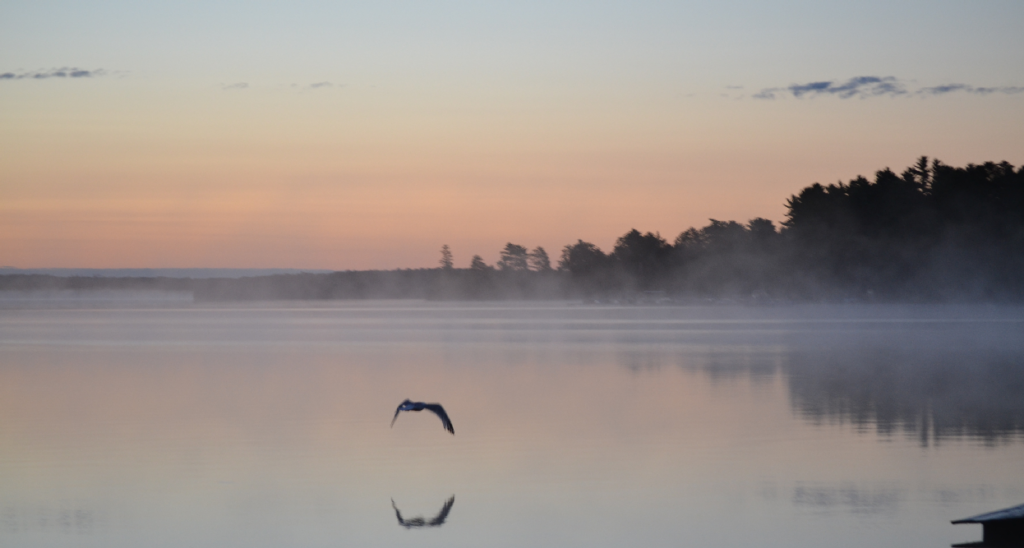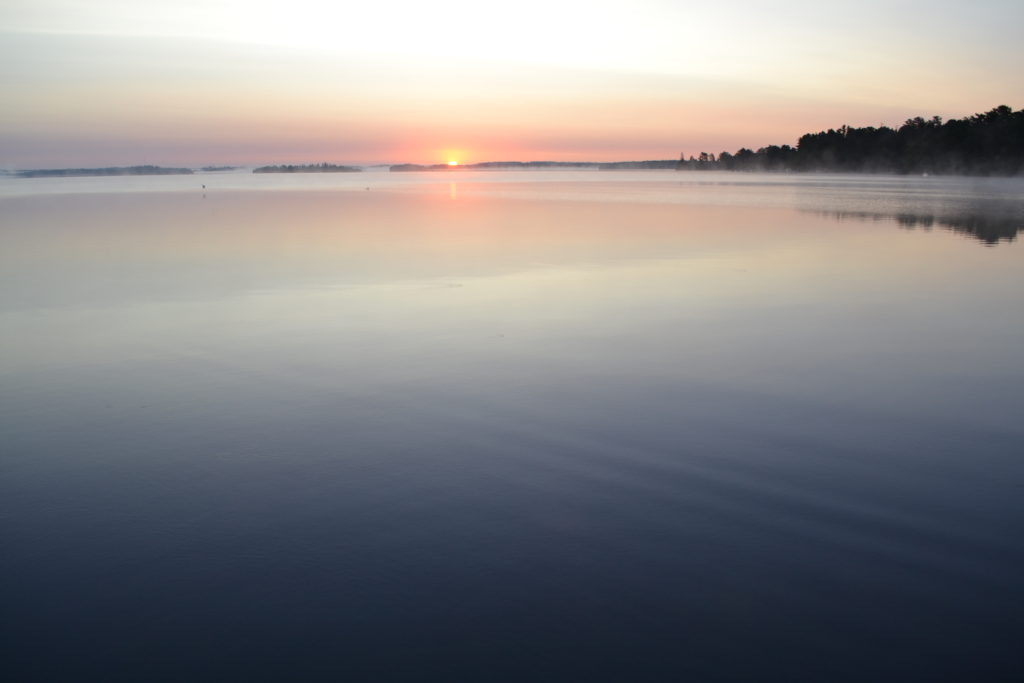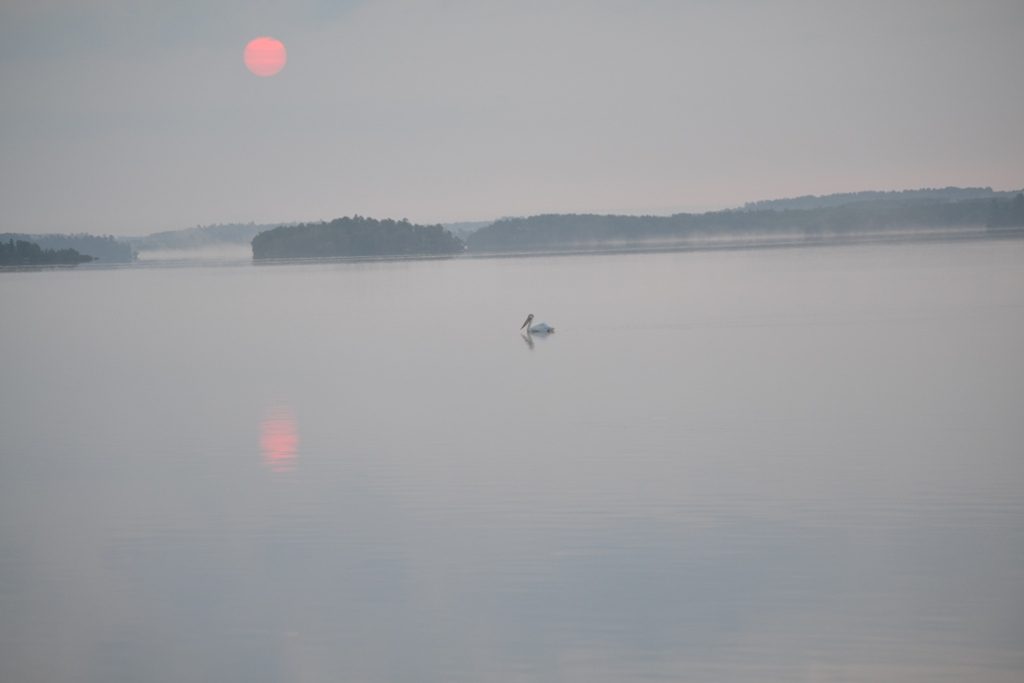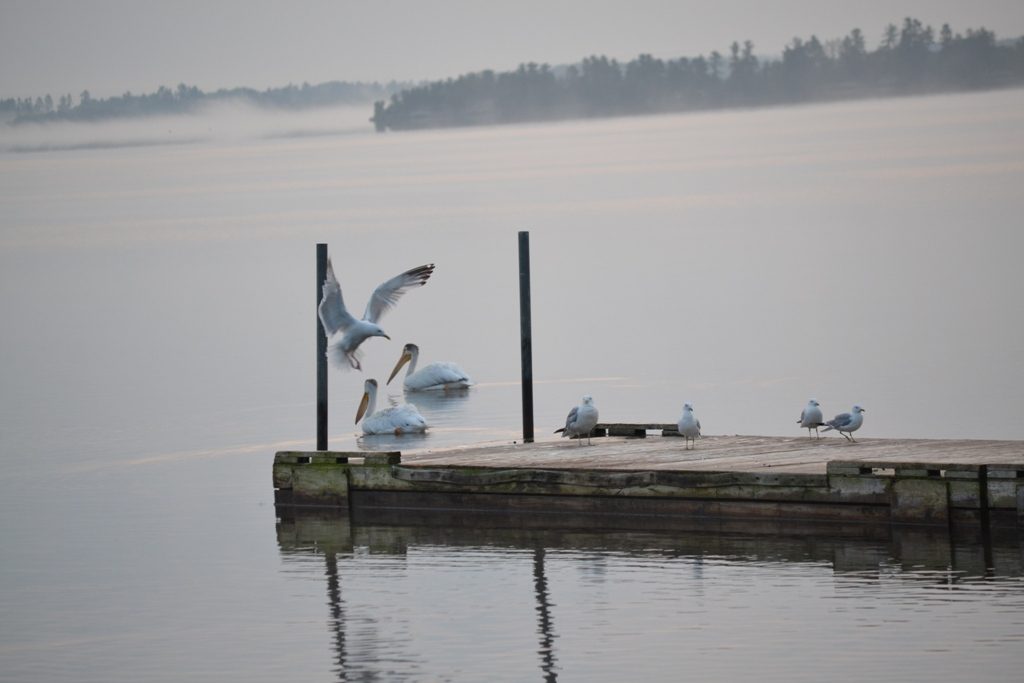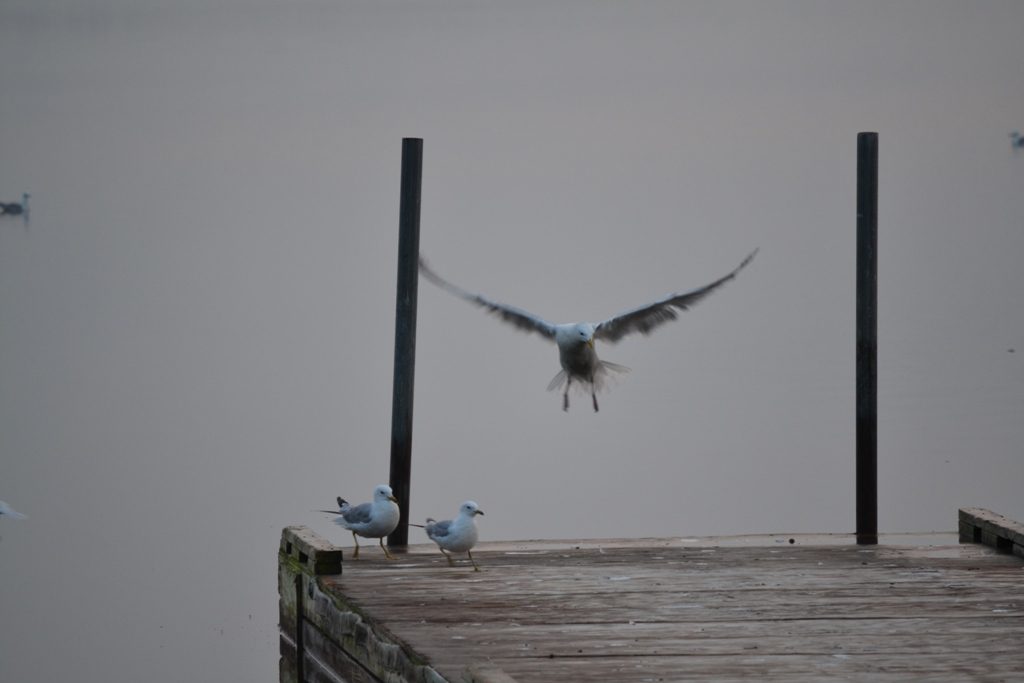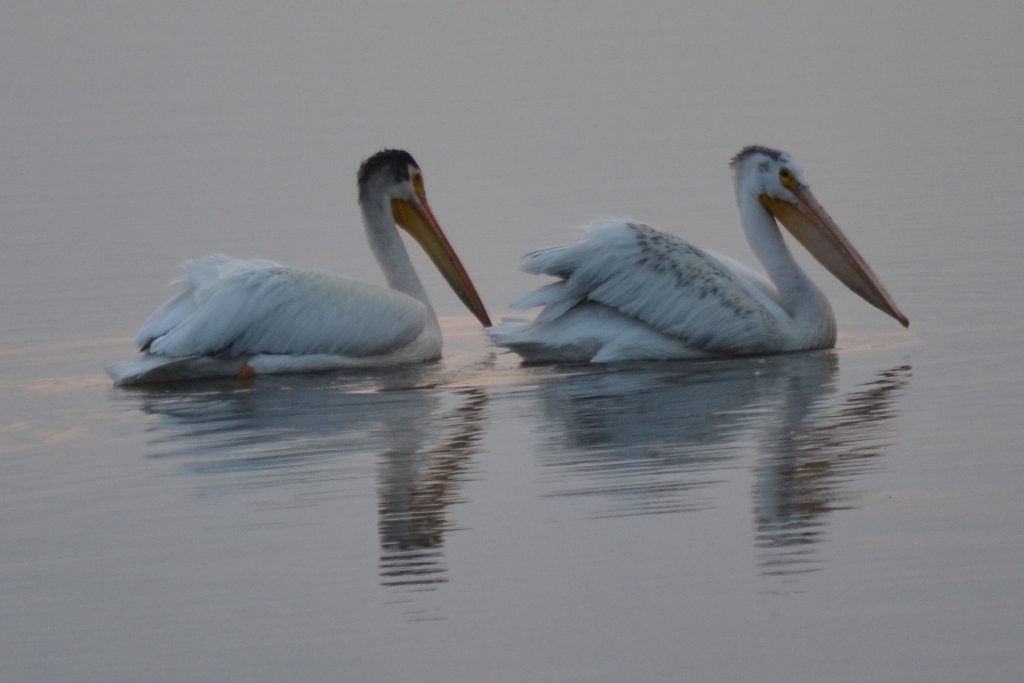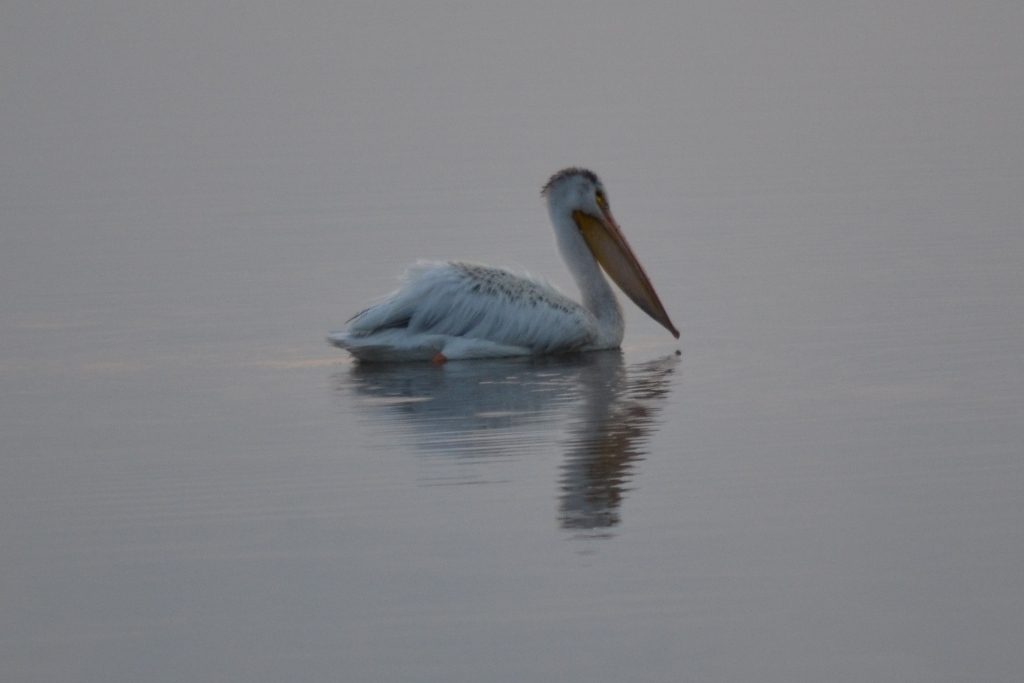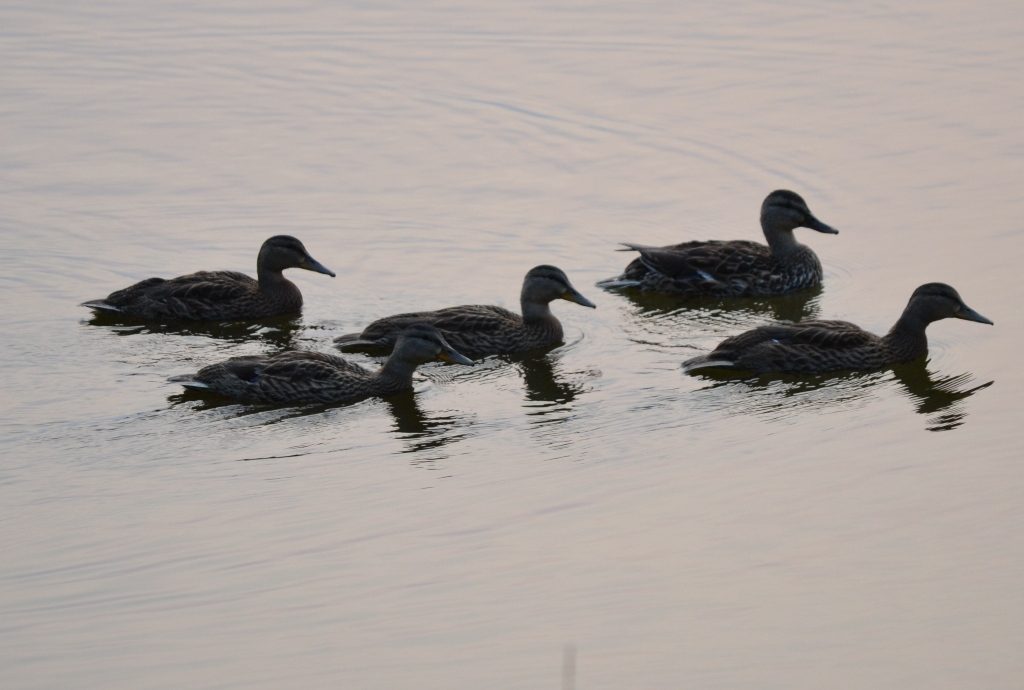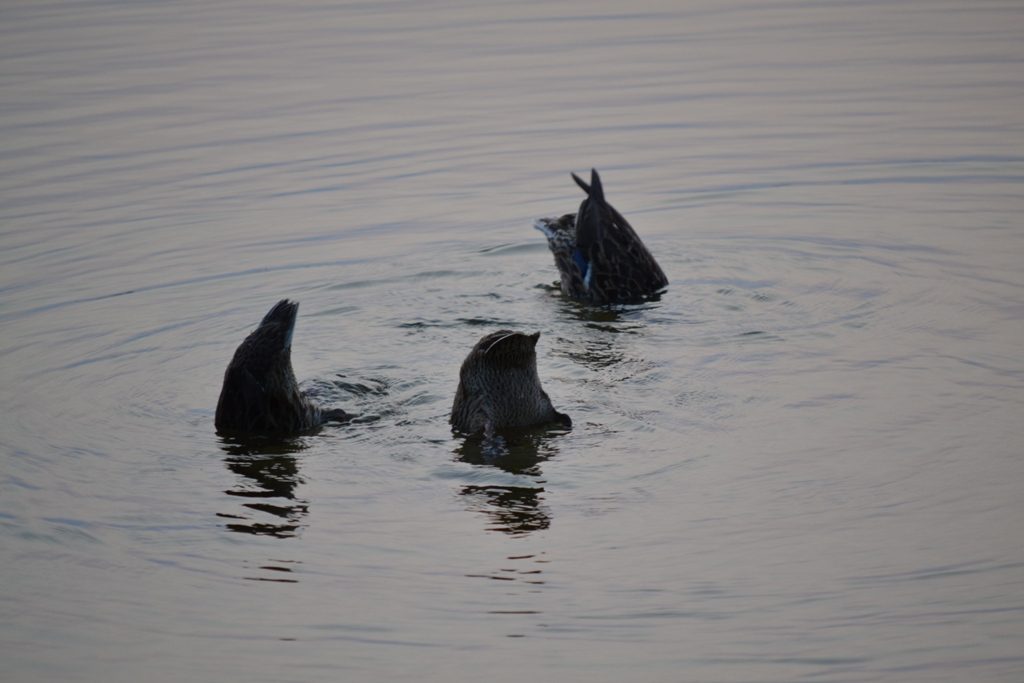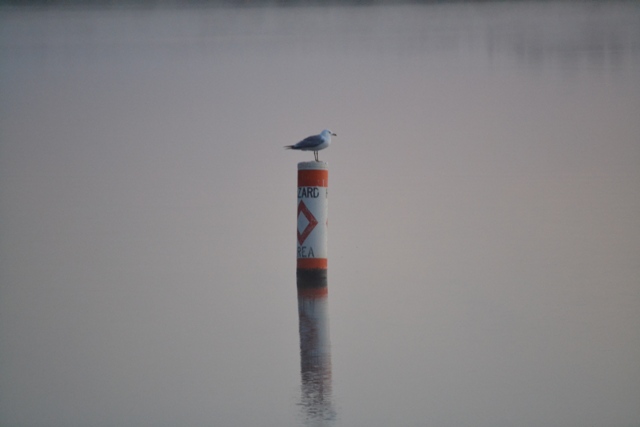The Vince Shute Wildlife Sanctuary, operating as the American Bear Association, is located approximately two hours northwest of Duluth, and approximately thirty minutes from Orr less than 50 miles from Minnesota’s northern border with Canada.
The Sanctuary consists of over 500 acres of dense aspen forests, cedar swamps, marshes, beaver ponds, a primary stream, and open meadows, all of which make perfect habitat for all native wildlife. The grounds are home to a wide range of animals including whitetail deer, bald eagles, beavers, mink, pine martens, fishers, timber wolves, red squirrels, bobcats, blue jays, owls, ducks, songbirds, ravens, and a variety of other species.
Vince Shute was an ambitious young man, owning his own logging company in Northern Minnesota in 1938 at 25 years old. Vince and his loggers lived in the remote north woods with wildlife as their only neighbors. Black bears, attracted by the smells of food preparation and disposal, became a nuisance. Out of fear, the men solved this problem by shooting the bears, but after three decades, Vince began to question the killing. Having observed the animals he came to the conclusion that “The bears weren’t mean – only hungry.” In the early 70s, to prevent bears from breaking into the cabins, he put food out in the meadow area to see if that would keep them away.
Bears continued to visit the logging camp as a food source during their foraging season. What began as an act of survival slowly evolved into a labor of love. A special relationship developed between Vince and the bears. By the mid-eighties, Vince had become something of a local celebrity and was often referred to as “The Bear Man.” In the fall of 1993, at the age of 80, Vince approached three friends who shared his interest in the bears. To help secure the bears’ future, he donated his interest in the land for the formation of The American Bear Association, which was established as a nonprofit organization in January 1995.
In today’s world, we now know that Vince was wrong to start feeding wild bears, but he was ahead of his time in seeking a means of coexistence as an alternative to killing. A growing number of people learned of Vince and the bears. Even today, when the bears are in the two-acre meadow they accept the presence of people. Outside of this area they revert back to their normally wild and elusive ways, exhibiting their natural fear of humans.
The Sanctuary is open Memorial Day through Labor Day each year, six days a week, for only three hours a day (5pm to 8pm). During that time, the staff of the Sanctuary host hundreds of visitors to their observation areas where they can get close range views, pictures, and experience with large numbers of black bears in all sizes, shapes, and ages.
The photo opportunities are spectacular as the bears come and go through the meadow. Below are a few pictures from our last trip. I hope you enjoy them, and I hope I get another chance to visit Vince’s legacy in the near future.

